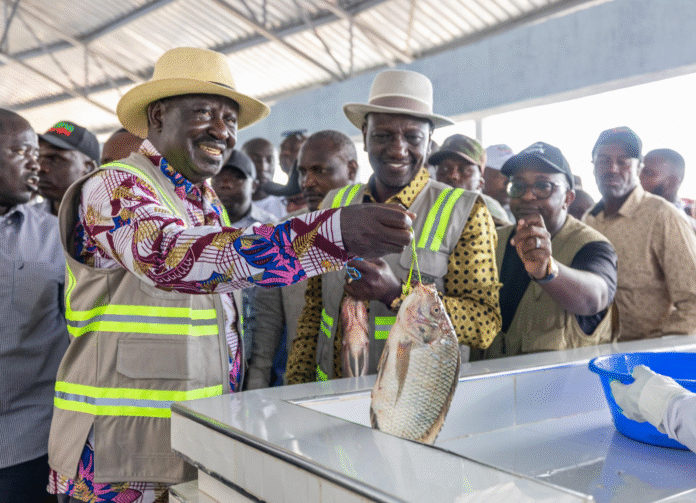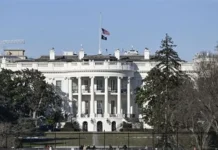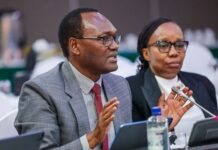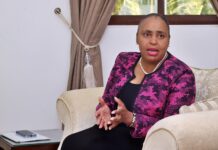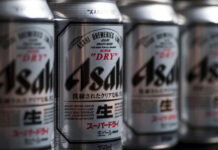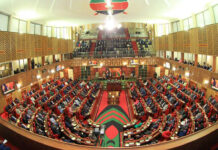Kenya is making strategic waves in its economic diversification agenda by prioritizing the blue economy as a new frontier for national development.
In his Madaraka Day address, President William Ruto unveiled a bold roadmap, emphasizing investments in sustainable fisheries, aquaculture, and maritime infrastructure as key to unlocking the country’s economic potential.
A flagship initiative is the Carbonio Fisheries and Aquaculture Services and Training Center of Excellence in Nyando, which will produce 7 million fingerlings per quarter to restock Lake Victoria.
The facility will also host a Nile Perch Innovation Center, Kenya Fishing School, and an Aquaculture Resource Hub, solidifying Kenya’s role as a regional leader in aquaculture innovation.
Modernization is underway at Sagana Aquaculture Center, which will serve as a breeding hub for Nile Tilapia and African Catfish, while Kiganjo Drought Hatchery in Mt. Kenya is being upgraded to support trout farming in cooler regions.
At the coast, the Shimoni Mariculture Center, under KMFRI, is cultivating high-value marine species and is projected to impact over 200,000 livelihoods across five counties.
To support deep-sea fishing and improve logistics, Kenya has developed 10 modern fish landing sites on the Indian Ocean and Lake Victoria, with 14 more underway, backed by a combined investment of KSh 2.5 billion.
Cold storage and hygienic fish markets are also being constructed in strategic counties including Mombasa, Turkana, and Kilifi.
While the blue economy currently contributes $3.6 billion (0.6% of GDP), the President projects a tenfold growth to $40 billion, fueled by innovations like cage fish farming already producing 12,000 metric tons annually from 4,000 cages in Western Kenya.
As President Ruto put it, “This is not just about fish — it’s about jobs, food security, and building a resilient, sustainable economy from the water up.”









